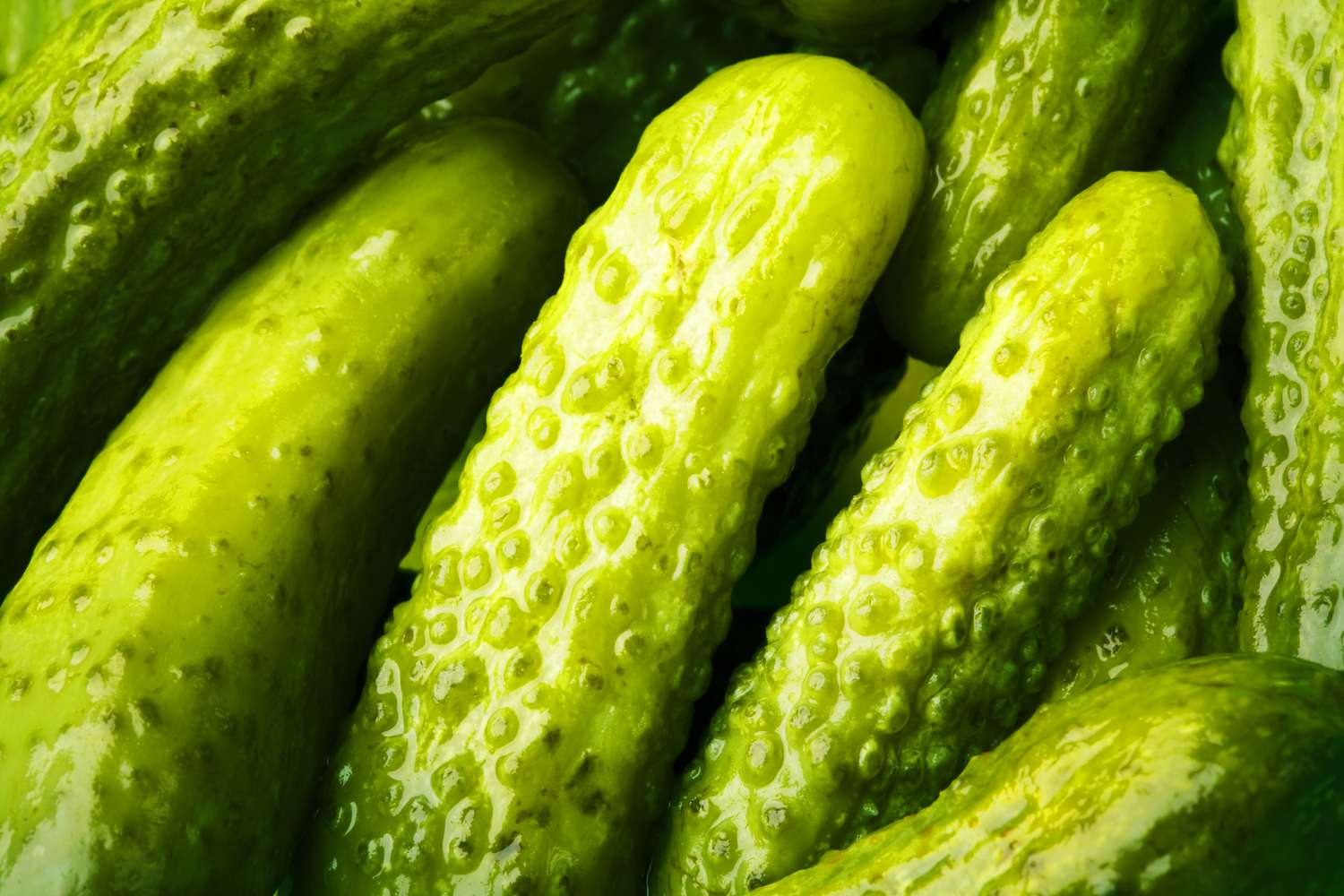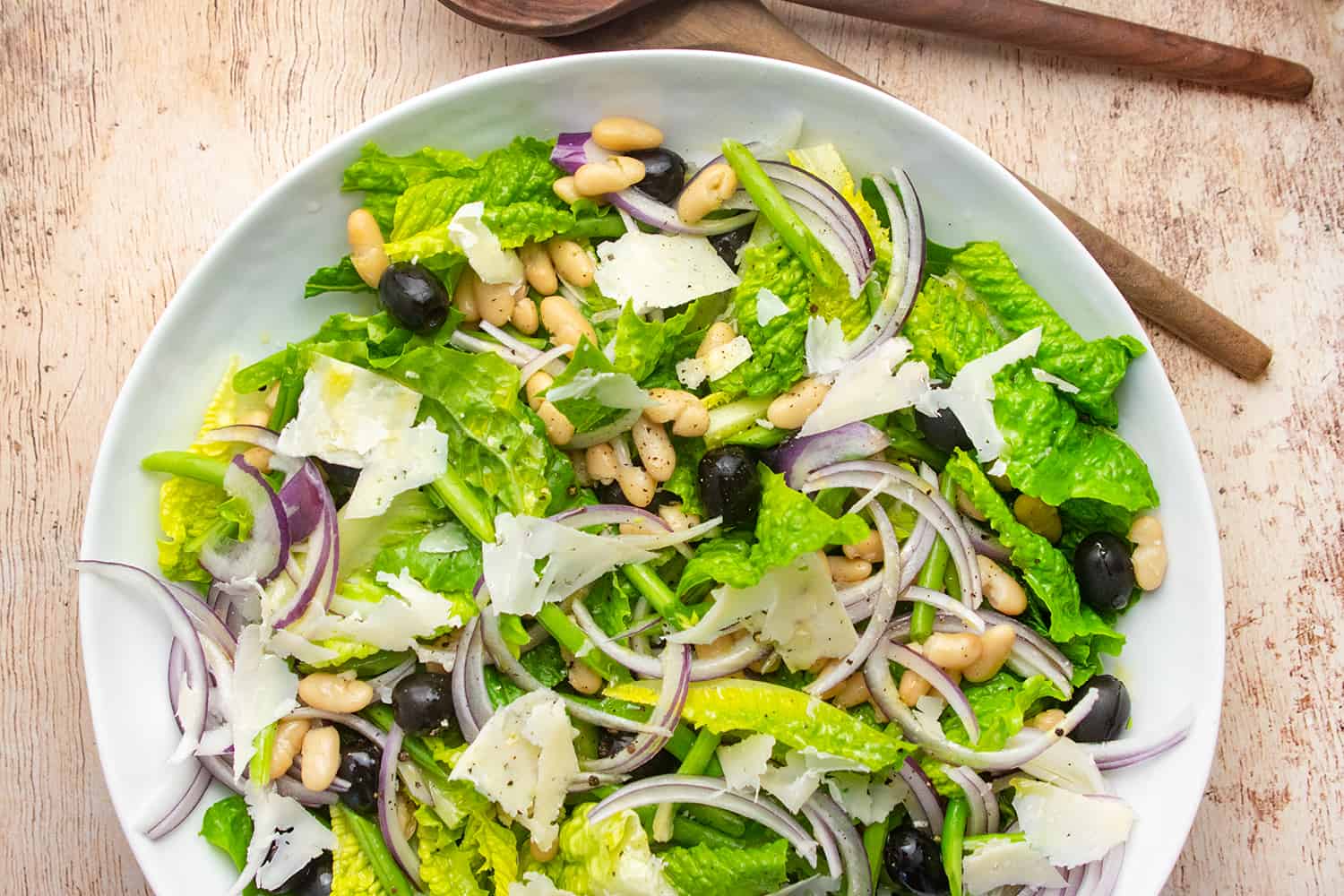When it comes to tomatoes, there are many different varieties to choose from. One type of tomato that you may have heard of is the hybrid tomato. But what exactly is a hybrid tomato, and how does it differ from other types of tomatoes? Let's take a closer look at this popular fruit and explore what sets hybrid tomatoes apart.
Understanding Hybrid Tomatoes
Hybrid tomatoes are the result of cross-breeding two different varieties of tomatoes to create a new and unique plant. This process involves carefully selecting parent plants with desirable traits, such as disease resistance, flavor, or size, and then cross-pollinating them to produce seeds for the hybrid plants.
Characteristics of Hybrid Tomatoes
Hybrid tomatoes often exhibit specific characteristics that make them popular among growers and consumers. Some of the key features of hybrid tomatoes include:
-
Disease Resistance: Many hybrid tomatoes are bred to be resistant to common tomato diseases, such as blight and wilt, making them more reliable for gardeners and farmers.
-
Uniformity: Hybrid tomatoes are often more uniform in size, shape, and color, making them visually appealing and easier to package for commercial distribution.
-
Yield: Hybrid tomato plants are often bred to produce high yields of fruit, making them a popular choice for farmers and home gardeners looking to maximize their harvest.
Benefits of Hybrid Tomatoes
There are several benefits to growing and consuming hybrid tomatoes, including:
-
Disease Resistance: Hybrid tomatoes are less susceptible to certain diseases, reducing the need for chemical pesticides and promoting healthier plants.
-
Consistent Quality: The uniformity of hybrid tomatoes ensures that consumers can expect a consistent taste and appearance with each fruit they purchase.
-
Higher Yields: The high-yielding nature of hybrid tomato plants can result in a plentiful harvest, making them a practical choice for those looking to maximize their crop.
Common Misconceptions
Despite their many advantages, there are some misconceptions about hybrid tomatoes that are important to address:
-
GMOs: Hybrid tomatoes are often mistaken for genetically modified organisms (GMOs). However, it's important to note that hybridization is a natural breeding process that does not involve genetic modification in a laboratory.
-
Taste: Some people believe that hybrid tomatoes lack flavor compared to heirloom varieties. While this may have been true in the past, modern hybrid tomatoes are bred for both disease resistance and exceptional taste.
Growing Hybrid Tomatoes
If you're interested in growing hybrid tomatoes in your own garden, there are a few things to keep in mind:
-
Soil and Sunlight: Like all tomatoes, hybrid varieties thrive in well-drained soil and plenty of sunlight. Ensure that your plants receive at least 6-8 hours of sunlight per day for optimal growth.
-
Support: Hybrid tomato plants may require staking or caging to support their heavy fruit load. Be prepared to provide adequate support as the plants grow.
-
Watering: Consistent watering is essential for healthy tomato plants. Be sure to water your hybrid tomatoes regularly, especially during dry periods.
In Conclusion
Hybrid tomatoes offer a range of benefits, from disease resistance to high yields, making them a popular choice for both growers and consumers. By understanding the unique characteristics of hybrid tomatoes and dispelling common misconceptions, you can make an informed decision about whether to incorporate these versatile fruits into your garden or kitchen. Whether you're a seasoned gardener or a tomato enthusiast, hybrid tomatoes are certainly worth considering for their impressive traits and delicious flavors.
Was this page helpful?
Read Next: What Is A Graham Cracker Recipe











